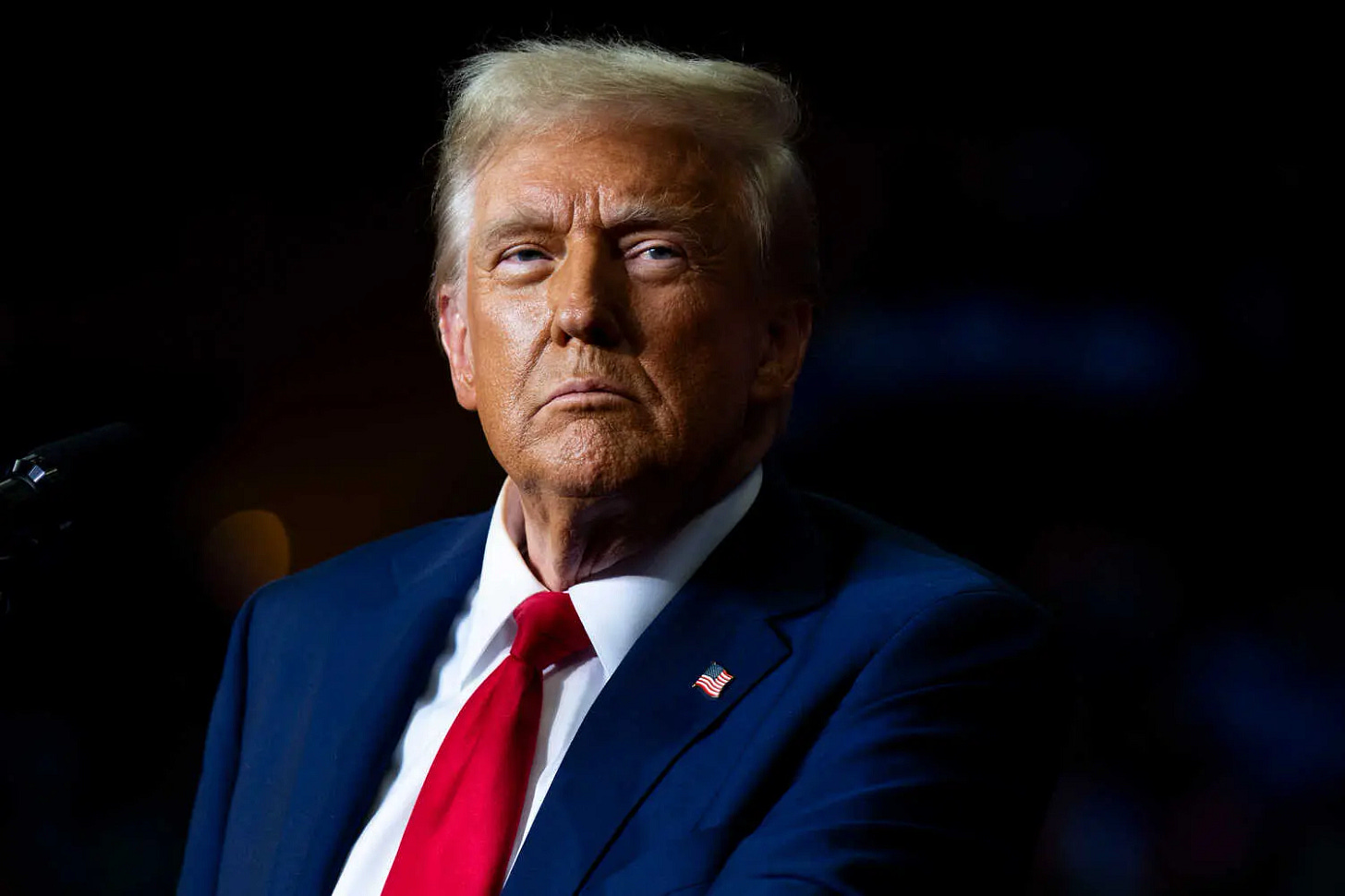Perhaps the biggest question I asked myself before Election Day 2024 was whether this year’s election—not the results, necessarily, but the takeaways—would be more similar to 2016 or 2020.
Donald Trump defied political convention, polling, and gravity with his victory over Hillary Clinton in 2016. The polls were off, neglecting to account for the kinds of voters who would turn out for Trump in critical states. Political elites from both parties dismissed the prospect of a Trump presidency. They were wrong.
By 2020 the dynamics were different. President Trump was running against a far less polarizing opponent in a far more difficult environment, one wrecked by a global pandemic and economic collateral damage. Polls showed Joe Biden with a steady lead over the incumbent throughout the campaign, and the results, despite allegations of fraud and cheating, were largely predictable.
This year’s election turned out to be much more like the former than the latter, in many ways. Donald Trump was not only elected president, but he did so in a fashion eerily similar to his first campaign. Indeed, Trump’s election map in 2024 is likely to be identical to his map from 2016, carrying each of the so-called “Blue Wall” states of Wisconsin, Michigan, and Pennsylvania, states that President Biden carried in 2020. Trump also regained Georgia and Arizona from the Democratic column, echoing his performance in these sun belt states from eight years ago.
This year’s contest may end being more decisive for Trump than his first election. He could actually improve on his 2016 Electoral College tally depending on the results from Nevada, and Trump may be the first Republican to win the national popular vote since George W. Bush in 2004.
Some other similarities between 2016 and 2024, according to exit polls:1
White Americans without a college degree once again turned out reliably for Trump — 65 percent this year, compared to 67 percent in 2016.
Trump won 52 percent of white women in 2024, the same share he won in 2016.
White evangelicals once again voted bigly for Trump, echoing their support from his first two campaigns. Trump attracted 81 percent of these voters in this year’s election, according to exit polling.
Still, there are plenty of reasons why this year’s win is even more important for Trump than his first election, as evidence of potential political realignment. Back in March, the New York Times’ Nate Cohn wrote the following:
If Mr. Trump’s gains among working-class white voters ultimately extended to working-class Black and Latino voters as well, it would represent the culmination of a decadelong shift in American politics, whether you call it a realignment or not.
Now consider last night’s results, focusing just on racial composition and gender:
Trump lost non-white voters in 2016 74-21, but only lost 65-32 this year.
In 2016 Trump lost Latino voters 65-29, and Black voters 88-8. This year, Trump made gains among both groups, losing Black voters 86-12 and Latinos 53-45.
Among men, these differences are even starker: Trump lost Latino men 63-32 in 2016, but won Latino men 54-44. And while he still lost Black men by a lot, he improved his performance by nearly 10 points in 2024 relative to 2016.
It is probably too early to speculate about what Trump’s election (or is it reelection?) means for the future of American politics. There is still a lot of data to parse and conclusions to draw. At the very least, though, if Trump’s victory in 2016 was a shock to the system, his win in 2024 was an indication that his style of politics—and perhaps even a reconfiguration of existing coalitions—is here to stay.
Lastly, consider this from Redeemer University’s James Wood:
I think this is too flippant of a conclusion, particularly for those of us in predominantly white evangelical Christian spaces. We ought to ask questions of our tribe and consider how our political behavior affects us and our communities, just as those in other spaces should ask the same sorts of questions about themselves. Nevertheless, this year’s results do suggest we should be open to asking different and new questions about the relationship between religion and American politics.
Here’s what else I’m thinking about this morning:
What officials will staff Trump’s second cabinet? Reuters suggests some names for various positions, including four U.S. senators: Florida’s Marco Rubio and Tennessee’s Bill Hagerty for Secretary of State, Arkansas’ Tom Cotton for Secretary of Defense, and Utah’s Mike Lee for Attorney General.
I’d expect at least one Supreme Court vacancy over the next four years, and wouldn’t be surprised at all by two. Clarence Thomas and Samuel Alito are 76 and 74 years old, respectively, and could retire strategically to allow Trump to name ideologically similar replacements. These hypothetical vacancies would give Trump five appointments in eight years, giving him the most influence on the composition of the Supreme Court in modern American history.
Republicans will have a majority in the U.S. Senate in 2025, after fending off Democratic challengers in Florida and Texas and flipping Democratic seats in Ohio and West Virginia. The House of Representatives remains too close to call,2 but Democrats remain in the mix to seize control of the chamber. If that happens, we’ll have divided government and President-elect Trump will see his most ambitious legislative plans stymied. If Republicans remain in power in the House, Trump won’t necessarily have a rubber stamp for his agenda, but its path will be far easier.
These polls do not capture the tens of millions of people who voted early, so there may be reasons to read this data with a degree of skepticism.
Blame California and its 52 congressional seats, of which several should decided the fate of the House.




